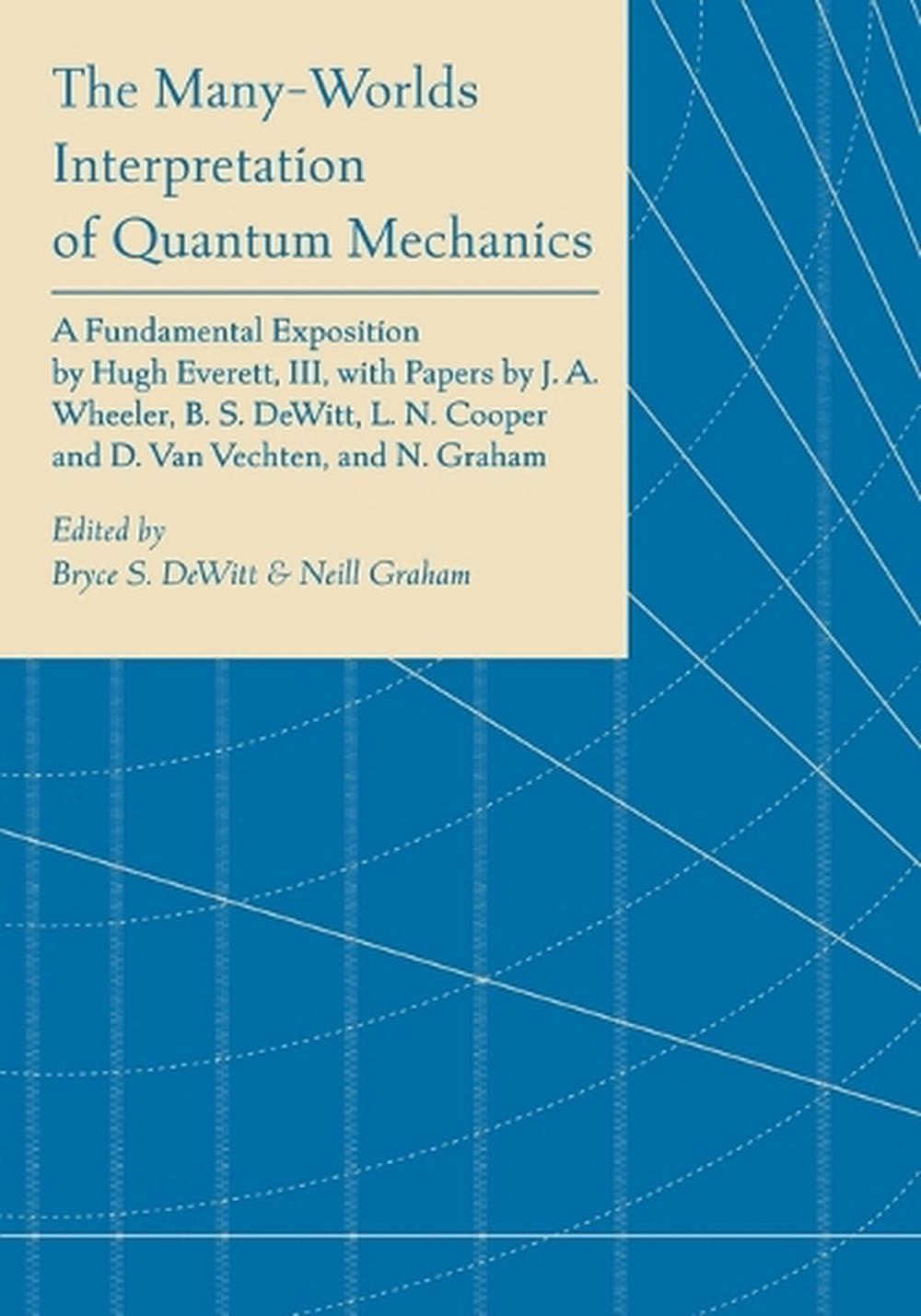
When you click on links to various merchants on this site and make a purchase, this can result in this site earning a commission. Affiliate programs and affiliations include, but are not limited to, the eBay Partner Network.
The Many-Worlds Interpretation of Quantum Mechanics: A Fundamental Exposition by

- Item No : 236050767051
- Condition : Brand New
- Brand : No brand Info
- Seller : the_nile_uk_store
- Current Bid : US $91.93
-
* Item Description
-
The Nile on eBay

The Many-Worlds Interpretation of Quantum Mechanics
by Bryce Seligman Dewitt, Neill Graham
A landmark book on the influential many-worlds interpretation of quantum mechanics
FORMAT
PaperbackCONDITION
Brand New
Publisher Description
A landmark book on the influential many-worlds interpretation of quantum mechanicsIn 1957, Hugh Everett proposed a novel interpretation of quantum mechanics a view that eventually became known as the many-worlds interpretation. This book presents Everett's two landmark papers on the idea '"Relative State"' Formulation of Quantum Mechanics' and 'The Theory of the Universal Wave Function' as well as further discussion of the idea in papers from a number of other physicists: J. A. Wheeler, Bryce DeWitt, L. N. Cooper and D. Van Vechten, and Neill Graham.In his interpretation, Everett denies the existence of a separate classical realm and asserts the propriety of considering a state vector for the whole universe. Because this state vector never collapses, reality as a whole is rigorously deterministic. This reality, which is described jointly by the dynamical variables and the state vector, isn't the reality customarily perceived; rather, it's a reality composed of many worlds. By virtue of the temporal development of the dynamical variables, the state vector decomposes naturally into orthogonal vectors, reflecting a continual splitting of the universe into a multitude of mutually unobservable but equally real worlds, in each of which every good measurement has yielded a definite result, and in most of which the familiar statistical quantum laws hold.
Author Biography
Bryce S. DeWitt (1923-2004) was a prize-winning theoretical physicist and professor emeritus of physics at the University of Texas at Austin. Neill Graham (1941-2015) was a physicist and writer.
Review
"Peebles applies quantum theory, often in a simple, approximate way, to a variety of interesting problems.... Could prove quite a rewarding book for the more able and motivated student."-- "New Scientist"
Details
ISBN0691273669Author Neill GrahamPages 266Publisher Princeton University PressYear 2025ISBN-13 9780691273662Format PaperbackPublication Date 2025-03-25Imprint Princeton University PressSubtitle A Fundamental Exposition by Hugh Everett, III, with Papers by J. A. Wheeler, B. S. DeWitt, L. N. Cooper and D. Van Vechten, and N. GrahamPlace of Publication New JerseyCountry of Publication United StatesEdited by Neill GrahamDEWEY 530.12Audience Tertiary & Higher EducationUS Release Date 2025-03-25ISBN-10 0691273669UK Release Date 2025-03-25Alternative 9780691081267AU Release Date 2025-04-14Series Princeton Series in Physics


-
- The Lost Super Foods
- $ 37.00
- The Self-Sufficient Backyard
- $ 37.00
- A Navy Seals BUG IN GUIDE
- $ 39.00
- Childrens Books Phonics Lot 60
- $ 34.99
















